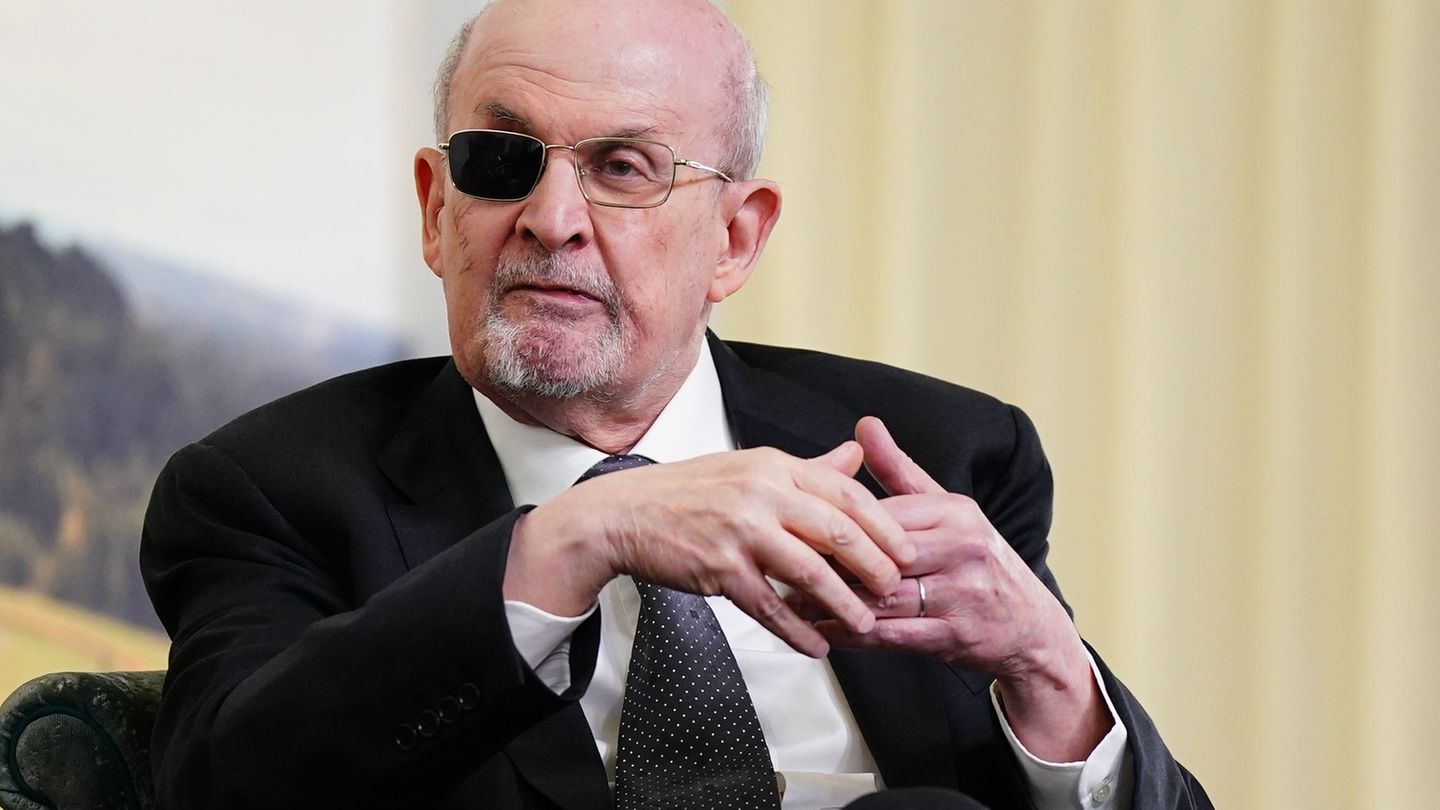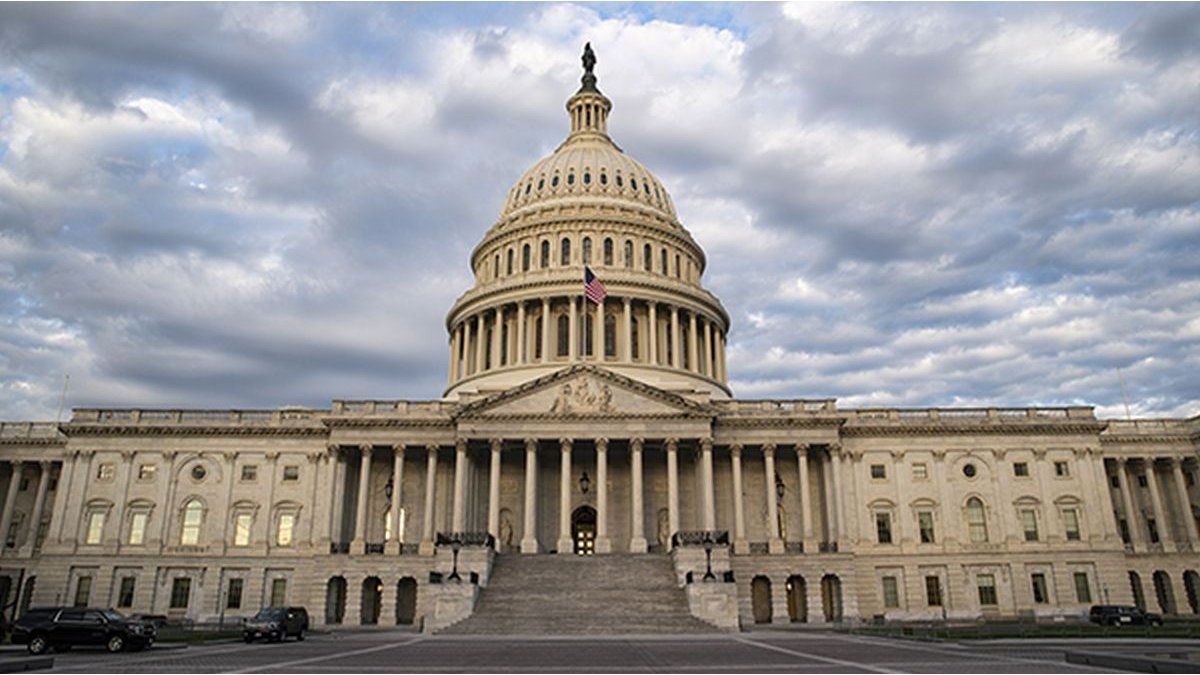Unlike what happened at other times of the year, This time the cut in the monetary policy rate that the Central Bank (BCRA) ordered last week did not generate immediate exchange shocks. He dollar “Counted with liquidation” (CCL) operated lower both on Friday and in the first half of Monday’s trading session and the gap with the official wholesale exchange ratewhich fell to the 5% area, now It is the lowest since Mauricio Macri reimposed the stocks in 2019.
In addition to seasonal factors that drive the demand for money, the city considers that this dynamic reflects the Investor expectations about the Government’s next moves: in particular, the idea that the slowdown in the economy could materialize in January devaluation rate of the official exchange rate, in case inflation remains at a level similar to October’s 2.7% in the last two months, something that would give more room for interest rates to fall a little further.
Dollar and gap at minimums
“We were struck by the reaction of the CCL to the reduction of the monetary policy rate from 35% to 32% TNA carried out on Thursday night,” pointed out Personal Investment Portfolio (PPI) in your weekly report. On Friday this financial price fell 1.6% from $1,090 to $1,073. PPI estimated that it is the lower level in real terms (adjusted by the multilateral real exchange rate index) “since mid-June 2017almost a year before the ‘Sudden Stop’ (abrupt bullfight) of the Macri administration.”
image.png
The financial firm also calculated that, in this framework, the exchange gap reached its lowest level since the end of August 2019, when the exchange rate was reinstated. At the close of last week, the spread between the CCL and the dollar official wholesale had fallen to 5.6%. After half-day on Monday, cash with liquid fell 0.9% to $1,065.96 and the gap fell to 5%.
Dollar: the causes of the virtual elimination of the gap
In addition to the indirect intervention permanent that the Government carries out on financial dollars through the mechanism of blend dollar (20% of exports are settled in the CCL), the market highlights that there are other factors. In dialogue with Scopetwo mesadinistas emphasize the favorable seasonality: December is one of the biggest months demand for money product of the payment of half a Christmas bonus, the holidays and the beginning of the vacation period.
PPI mentioned another: “We consider that this sharp drop in the CCL would not be the product of official intervention, but rather of genuine seller flows. Given the expectation that the ‘crawling peg’ will be reduced from 2% to 1% monthly if inflation is around 2.7% in October in November and December, certain investors could see room for rates in pesos to continue compressing..
Basically, the reasoning is that, if indeed next month the BCRA slowed down the pace of its exchange rate table, yields in pesos could have new nominal drops. without thereby canceling the profits in hard currency offered by the “carry trade”. Bets on the financial cycle were in recent months one of the keys to sustaining the flow of currency in both the official and financial markets.
“Beyond the fact that an additional rate cut is expected in line with a slowdown in the crawl and inflation, it is essential for the sustainability of the exchange rate scheme to guarantee an attractive spread between the rate in pesos and the pace of devaluation. . Both exporters and importers would have incentives to extend the ‘carry trade’ as long as this spread is sustained and the BCRA shows high liquid reserves, estimated at US$14.3 billion between dollars and American Treasury bonds as of December 4,” PPI said.
The truth is that maintaining incentives for the “carry trade” is one of Luis Caputo’s key bets to stretch the currency bridge that enabled money launderingas Ámbito told. The PPI report noted that, by stimulating the liquidation of exports and the delay in payment of imports, it helps inflate the foreign exchange trade balance. In addition, it promotes the growth of financing for companies in foreign currency (they must be liquidated), which serves to recycle the money laundering dollars and for the inflow of capital to compensate for the red in the current account.
“These forces are what allow the BCRA to continue extending its buying streak in the official market,” the Alyc report concluded.
“Operators are beginning to anticipate the next milestones such as an agreement with the IMF that includes fresh funds, an exit from the stocks and a return to financing in international markets, all of which could continue to contribute to the improvement of stock valuations. and bonds,” said the analyst Gustavo Ber.
And he added: “In this context it is that financial dollars remain calmand even with a gradual bearish behavior given that a future unification is discounted after the gap has practically disappeared. To the factors that have been contributing to the greater supply of foreign currency, and to the exchange rate appreciation, is now also being added the usual higher demand for money based on the needs to meet commitments in pesos of companies and individuals.”
Source: Ambito




